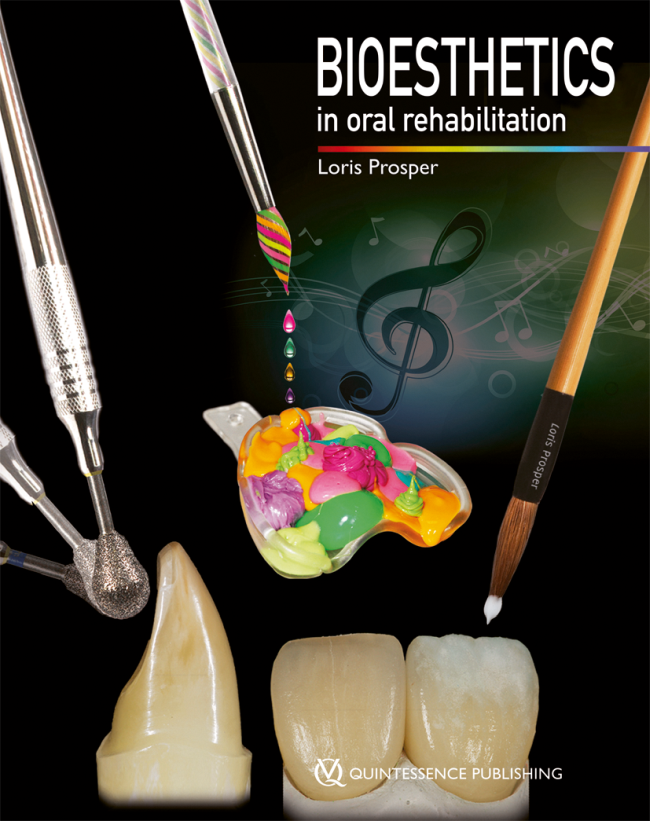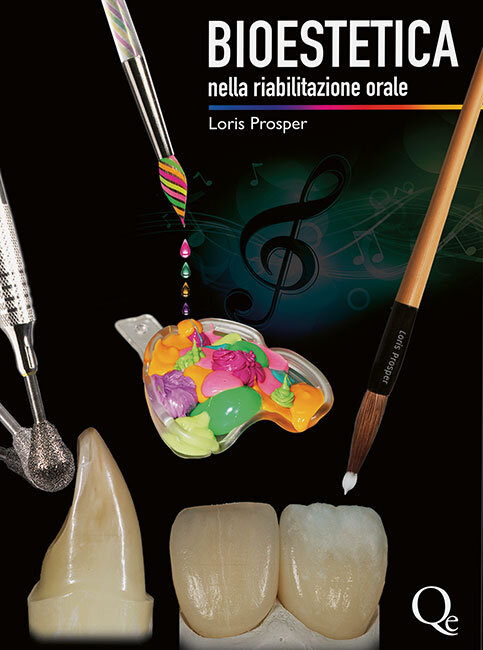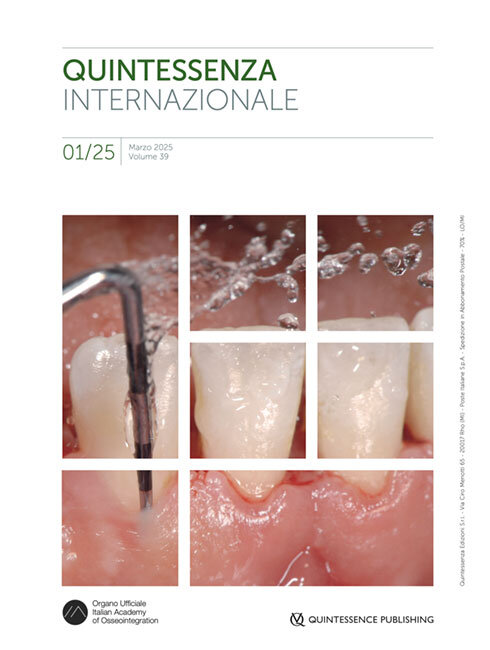QZ - Quintessenz Zahntechnik, 1/2017
Exzellente Dentale ÄsthetikSeiten: 11-12, Sprache: DeutschProsper, Loris / Maddaluno, LuigiThe International Journal of Oral & Maxillofacial Implants, 3/2010
PubMed-ID: 20556262Seiten: 607-612, Sprache: EnglischProsper, Loris / Crespi, Roberto / Valenti, Edoardo / Capparé, Paolo / Gherlone, Enrico F.Purpose: The aim of this study was to compare the long-term success rates of wide-diameter implants in the mandibular molar region placed immediately after extraction and loaded either immediately or after a 3-month healing period. Materials and Methods: In 71 patients, 120 implants were positioned immediately after tooth extraction; 60 implants (immediate loading group) were loaded immediately and 60 were loaded after 3 months (delayed loading group). Radiographic examinations were made at baseline and at 1, 2, 3, 4, and 5 years after implant placement. Results: After 5 years, a survival rate of 96.67% was reported for all implants (failure rate, 3.33%). Four implants were lost, two from the immediate loading group and two from the delayed loading group. There were no patient dropouts in either group. Conclusions: Wide-diameter implants placed in fresh extraction sockets and loaded immediately or after a delay showed no significant clinical or radiographic differences after 5 years.
Schlagwörter: extraction sockets, immediate loading, wide-diameter dental implants
The International Journal of Oral & Maxillofacial Implants, 2/2009
PubMed-ID: 19492646Seiten: 299-308, Sprache: EnglischProsper, Loris / Redaelli, Sara / Pasi, Massimo / Zarone, Fernando / Radaelli, Giovanni / Gherlone, Enrico F.Purpose: The purpose of this study was to evaluate the effectiveness of the platform-switching technique to prevent crestal bone loss following the restoration of dental implants.
Materials and Methods: This randomized prospective multicenter trial analyzed 60 partially edentulous adults recruited at 12 professional dental centers. Subjects were randomly selected to receive either platform-enlarged or control cylindric implants in three different surgical procedures: conventional nonsubmerged, submerged, and submerged with a reduced abutment. The primary outcome measure was the change in crestal bone level assessed radiographically 12 and 24 months following placement. Nonparametric analysis of variance for repeated measures (the Friedman test) was used to assess the overall significance over time of the differences among implants in changes in crestal bone levels. Comparisons among and between groups of implants were performed by the nonparametric Friedman and Wilcoxon tests, respectively. In all the analyses an a = .05 was considered significant.
Results: A total of 360 implants were placed (60 for each group). Three control implants failed during the 2nd year following placement. All submerged and 92% of nonsubmerged platform-enlarged implants exhibited no bone loss. Control implants with an abutment as large as the implant platform exhibited more bone loss than their platform-enlarged counterparts (P .001) or control implants with a reduced abutment (P .001). Submerged implants with an enlarged platform showed better crestal bone preservation than submerged control implants with a reduced abutment (P = .06).
Conclusions: The findings of the current trial indicated that the use of implants with an enlarged platform can result in better preservation of crestal bone as compared with conventional cylindric implants when a reduced abutment is mounted.
Schlagwörter: bone loss, crestal bone, dental implants, platform-switching technique
The International Journal of Oral & Maxillofacial Implants, 6/2003
Seiten: 856-864, Sprache: EnglischProsper, Loris / Gherlone, Enrico F. / Redaelli, Sara / Quaranta, ManlioPurpose: The aim of this randomized study was to evaluate and compare the long-term success rates of cylindric, screw-type titanium implants with a larger diameter (5.9 mm) that were placed in fresh extraction sockets in association with resorbable bone substitutes or a resorbable membrane.
Materials and Methods: Eighty-three partially edentulous adult patients, selected from among those treated in 1997 and 1998 at the San Raffaele Institute in whom 1 or more implants had been placed into fresh posterior mandibular or maxillary sockets, were included in the study. A total of 111 implants were placed, 36 in mandibles and 75 in maxillae. Fifty-six implants were placed in combination with resorbable hydroxyapatite (HA group) and 55 with a resorbable membrane (MR group). Intraoral radiographs and follow-up examinations, including verification of implant stability via the Periotest, were carried out at secondstage surgery 3, 6, 9, and 12 months later; and then annually up to 4 years after placement of the definitive restoration. The radiographic examination was conducted by means of a standardized procedure to verify osseointegration.
Results: There was 100% attendance at the follow-up examination after 4 years. At second-stage surgery, which was performed after 4 to 6 months' healing time, none of the implants showed any signs of mobility, peri-implantitis, or bone loss. Two implants failed in the MR group, one at 3 months and one at 9 months after placement; 1 implant failed in the HA group at 4 months after placement. After 4 years, the implant success rate was 97.3% (108 of 111 implants were considered successful). The success rate did not differ significantly between the HA group (98.2%) and the MR group (96.4%).
Discussion: The use of larger-diameter implants served to minimize the anatomic discrepancies that would have evolved when substituting a molar with a standard-diameter implant. According to the accepted criteria for success, the 5-year success rate should be at least 85%; therefore both methods may be considered satisfactory.
Conclusion: Implants placed in combination with a resorbable allogeneic material or with a resorbable membrane provided predictable long-term results when restored with a fixed partial denture.






